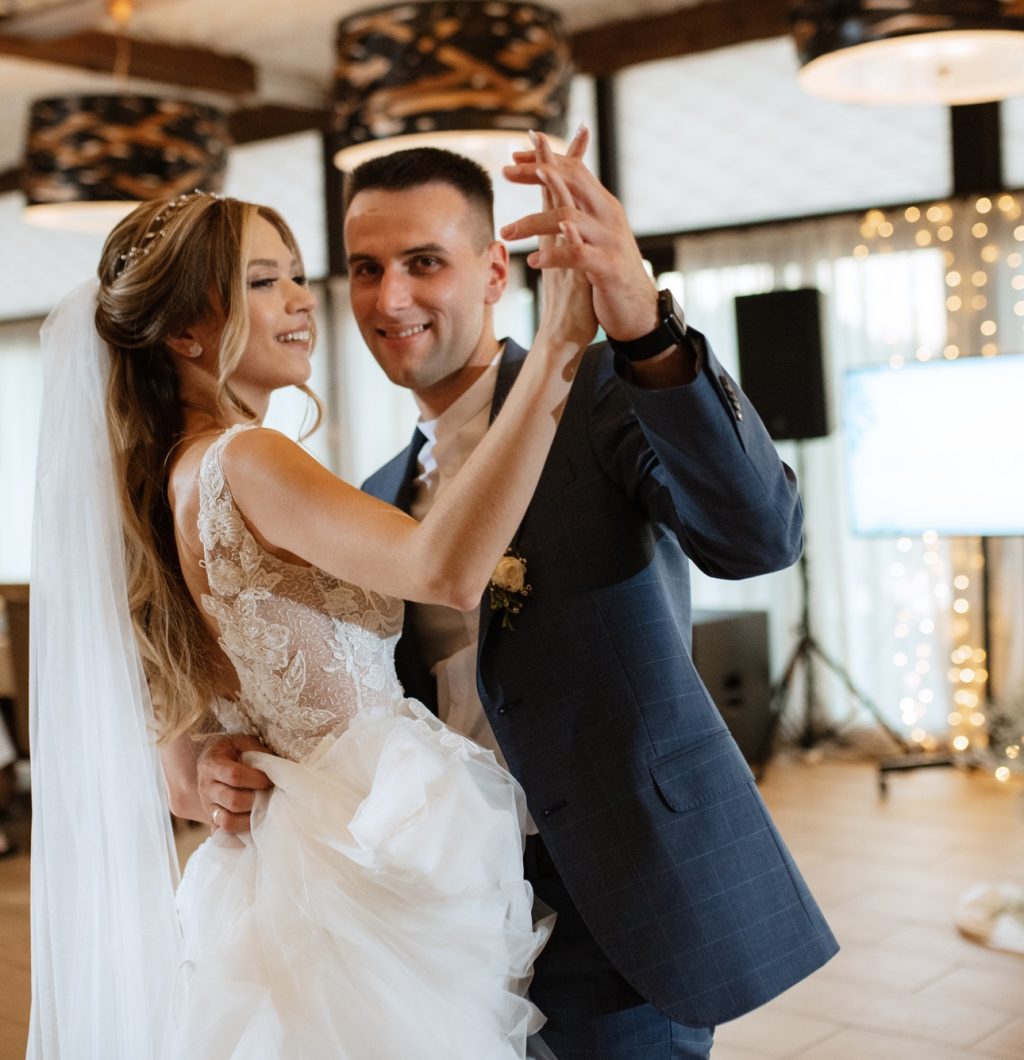A Complete Guide to Greek Wedding Dances
- Home
- Blog
- Luxury Wedding
- A Complete Guide to Greek Wedding Dances
Introduction:
Even if you’ve never attended a Greek wedding, you’ve likely seen the lively dances in films, viral videos, or at Greek cultural festivals. If you’re heading to one soon, brushing up on the basics—or even taking a quick lesson—can help you feel more comfortable when the music starts.
For Greeks, dance is more than entertainment—it’s a cultural heartbeat. It connects communities worldwide and has been a centerpiece of celebrations since ancient times. In fact, versions of today’s line dances are mentioned in Homer’s Iliad, dating back to the 8th century B.C.
At its core, Greek dance expresses kefi—a word that captures pure joy, passion, and living fully in the moment.

Kalamatianos & Syrtos
Wedding parties often begin with either the Kalamatianos or Syrtos. Both are ancient, joyful dances performed in a half-circle while holding hands.
Though they share the same 12-step sequence, their rhythms differ: Syrtos is slower in a steady 4/4 beat, while Kalamatianos is upbeat with its 7/8 tempo. Either can be paired with folk music or modern hits, making them perfect openers for the reception.
Tradition calls for the bride, groom, and wedding party to kick things off with a Kalamatianos—so attendants, get ready to join in!
Zeibekiko
Unlike group dances, Zeibekiko is a deeply personal solo performance—often associated with pride and raw emotion.
The dancer spreads their arms like wings, moving unpredictably with spins, stomps, and improvisation, sometimes pausing mid-dance for a drink. Guests usually form a circle around the dancer, clapping and kneeling to honor the moment.
Sirtaki
Probably the most famous Greek dance worldwide, the Sirtaki—also called Zorba’s Dance—was actually created for the 1964 film Zorba the Greek. Since then, it’s become a staple at celebrations.
This line dance combines steps from regional styles. Dancers link shoulders, dragging their feet and hopping until the tempo speeds up dramatically, shifting from a slow 4/4 to a fast-paced 2/4.
It’s instantly recognizable and simple to learn, making it ideal for newcomers
Tsamiko
The Tsamiko slows the mood with a more solemn style. Danced in a 12-step pattern, it allows space for improvisation, especially when the music peaks. The lead dancer—often male, though not exclusively—may break into spins, stomps, or even acrobatic tricks like flips or squats.
Historically tied to Greece’s War of Independence, this dance represents dignity and grace. It remains popular in regions like the Peloponnese and Epirus.

Getting ahead of these issues early on? Lifesaver, trust me.

Ikariotikos
Each Greek island boasts its own traditions, and Ikaria is no exception. Its signature dance, Ikariotikos, is among the most beloved island (nisiotika) dances.
Dancers link arms in a woven pattern across shoulders and shift their weight side to side with energetic hops. The dance is usually paired with the iconic Ikariotikos song, making it instantly recognizable.
Hasapiko & Hasaposerviko
Hasapiko, a traditional dance from medieval Asia Minor, was once performed by butchers wielding swords. Today, it’s weapon-free but no less powerful.
Dancers line up with arms over shoulders, performing coordinated steps, kicks, and leans. The faster variation, Hasaposerviko, adds intensity and excitement, ensuring the dance floor comes alive.
You might recognize Hasapiko from the opening of My Big Fat Greek Wedding.
Tsifteteli
If Zeibekiko is traditionally masculine, Tsifteteli is its sensual counterpart. Similar to Middle Eastern belly dance, it features hip rolls, fluid arm movements, and playful improvisation.
It’s often performed later in the evening when the celebration loosens up—sometimes even on top of tables, with full encouragement from the crowd.
Closing Thoughts
Greek wedding dances are not just routines—they’re living traditions that bind families, communities, and generations together. From structured line dances to expressive solo performances, each one tells a story of joy, resilience, and connection.
So, when the music starts at the next Greek wedding you attend, step into the circle, let the rhythm take over, and embrace the celebration like a true Greek.

